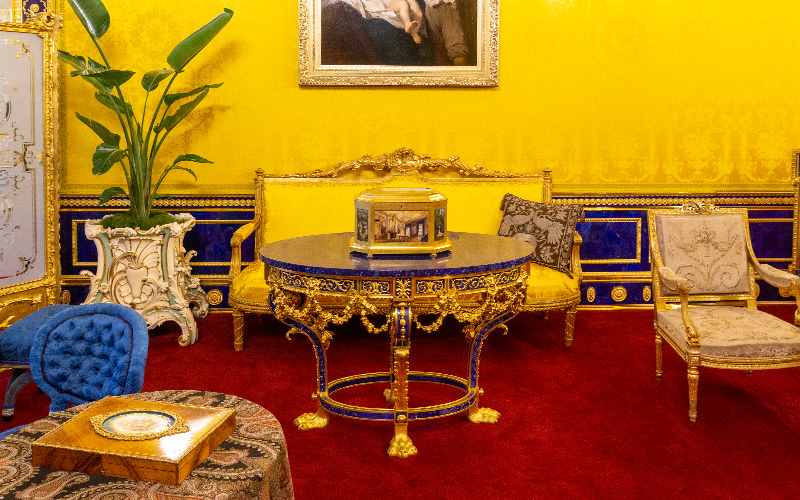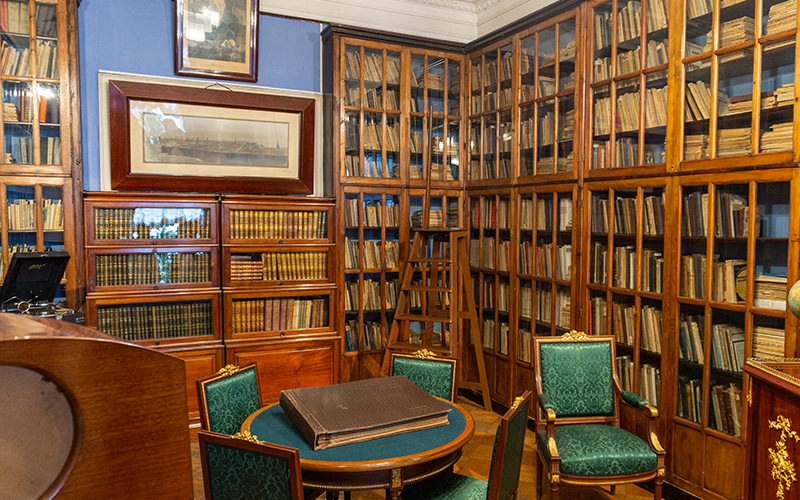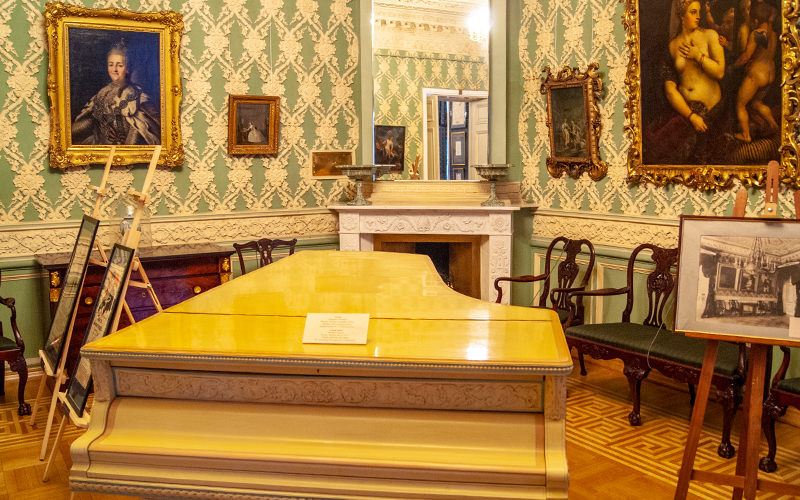The Fabergé Museum in Saint Petersburg is one of the city's most luxurious and richest museums. From childhood, we all know about the imperial Fabergé eggs, and here, in the homeland of the famous jeweler, you can see the largest collection of them.
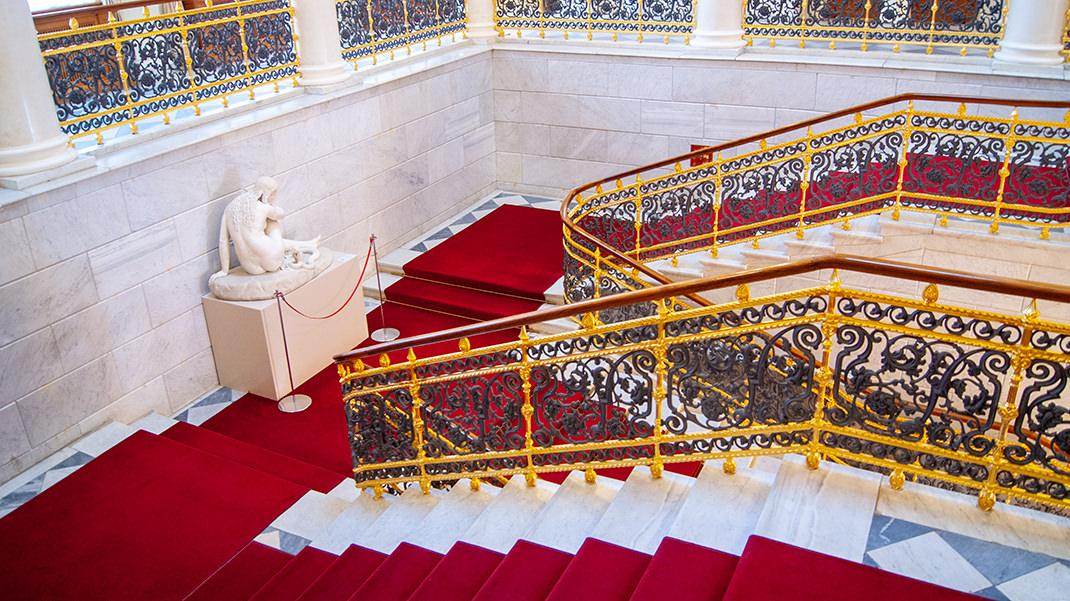

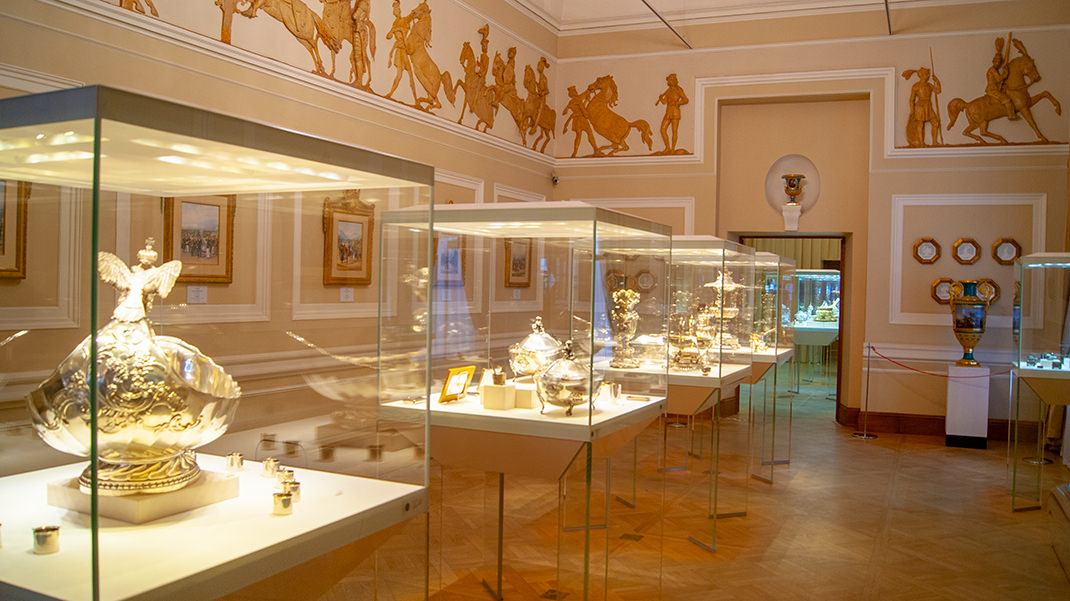
The museum houses over 4,000 exhibits, with the nine imperial eggs being the crown jewels of the display. Notably, the museum showcases both the first and the last eggs belonging to the Romanov family.
How to Get There by Metro
The museum is located in the center of Saint Petersburg, near Nevsky Prospect, on the embankment of the Fontanka River. The nearest metro stations are “Mayakovskaya” and “Gostiny Dvor.”
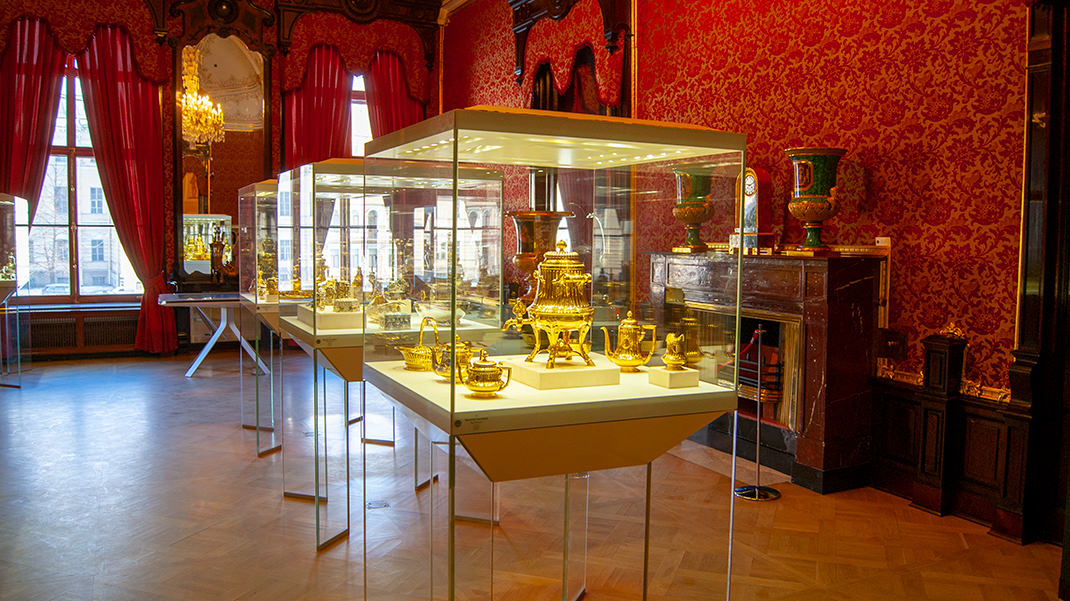
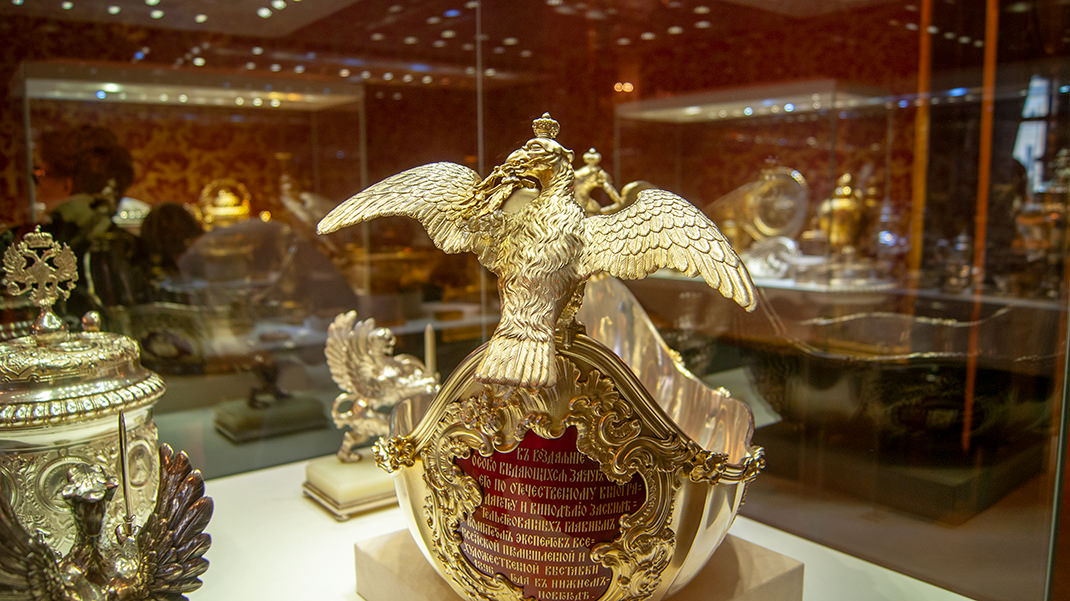
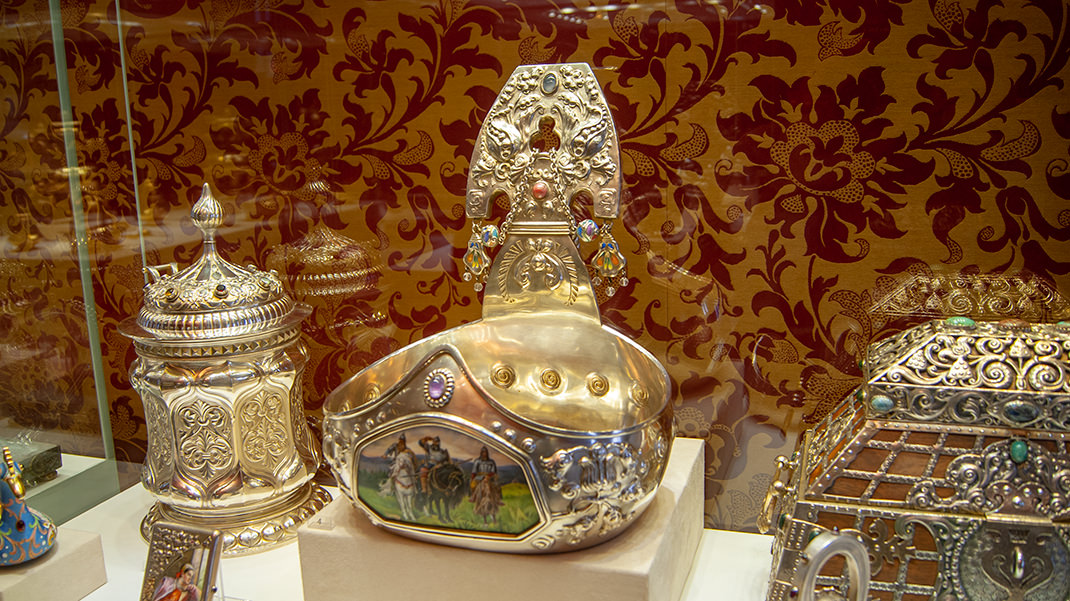
The entrance fee is 500 (2014) rubles, and guided tours cost 1 000 rubles. It is advisable to check the schedule of tours in advance.
The Origin of the Collection
After the revolution, the collection of imperial eggs faced a sad fate—many were sold abroad at prices far below their market value. Some items from the rich collection were even lost. Of the 54 imperial eggs, 48 have survived to this day, with 10 eggs kept in the Moscow Kremlin.
Until the early 21st century, the largest private collection of Fabergé eggs belonged to the American entrepreneur Malcolm Forbes, the publisher of the globally renowned Forbes magazine.
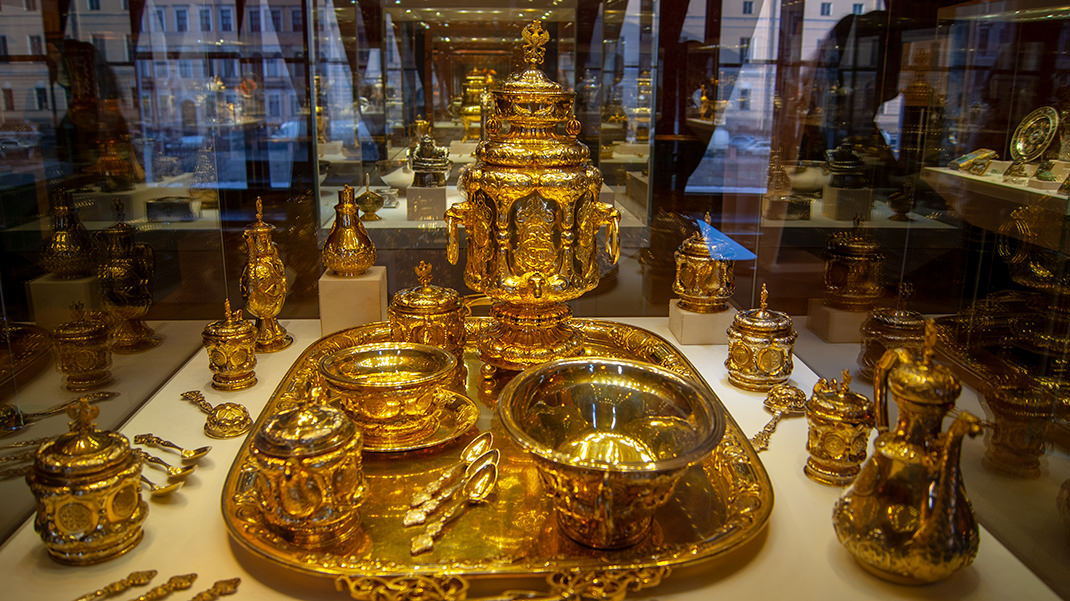
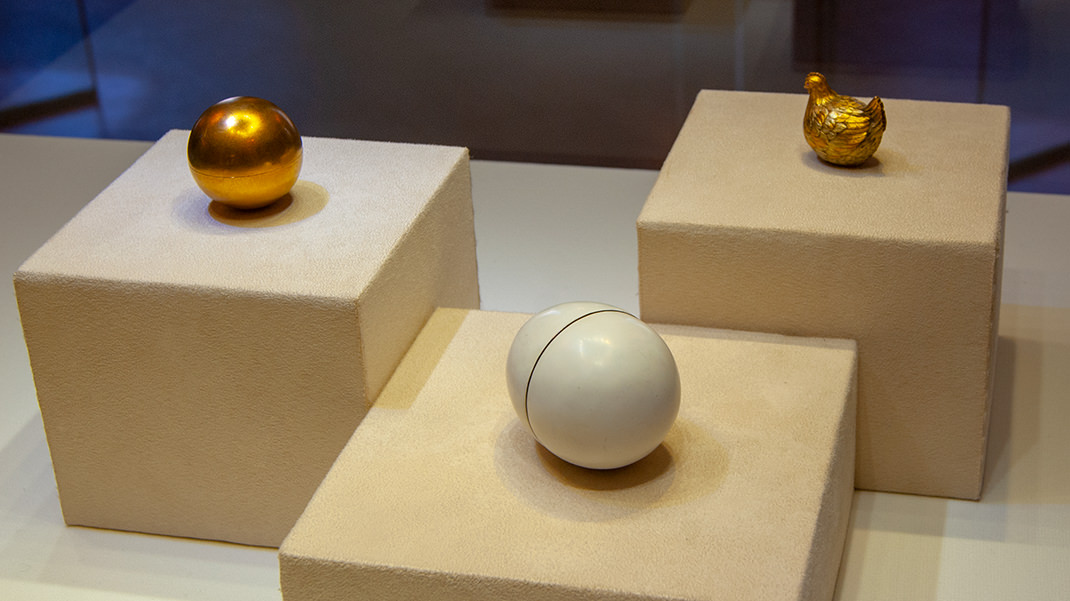

In 2004, the Russian billionaire Viktor Vekselberg founded the “Link of Times” foundation, whose first project was the acquisition of the Forbes collection. With the businessman’s assistance, this unique collection returned to its homeland in Saint Petersburg.
The new museum opened to visitors in 2014 and, in its short history, has already managed to expand the number of its exhibits. The collection includes not only the famous eggs but also a wide variety of other jewelry masterpieces. The museum building is also remarkable—it’s the Naryshkin-Shuvalov Palace, a monument of architecture.

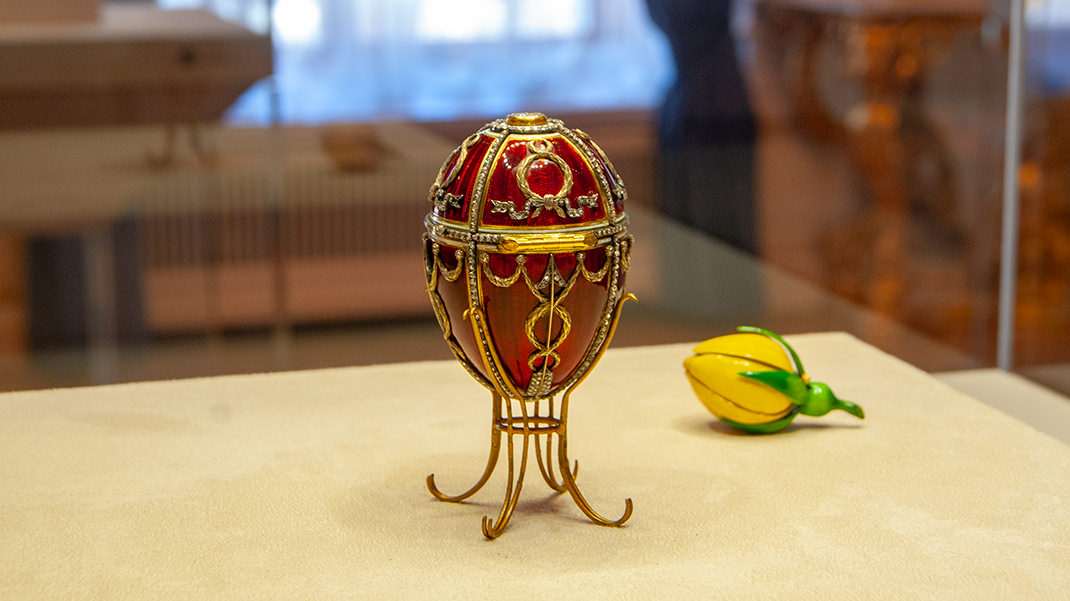
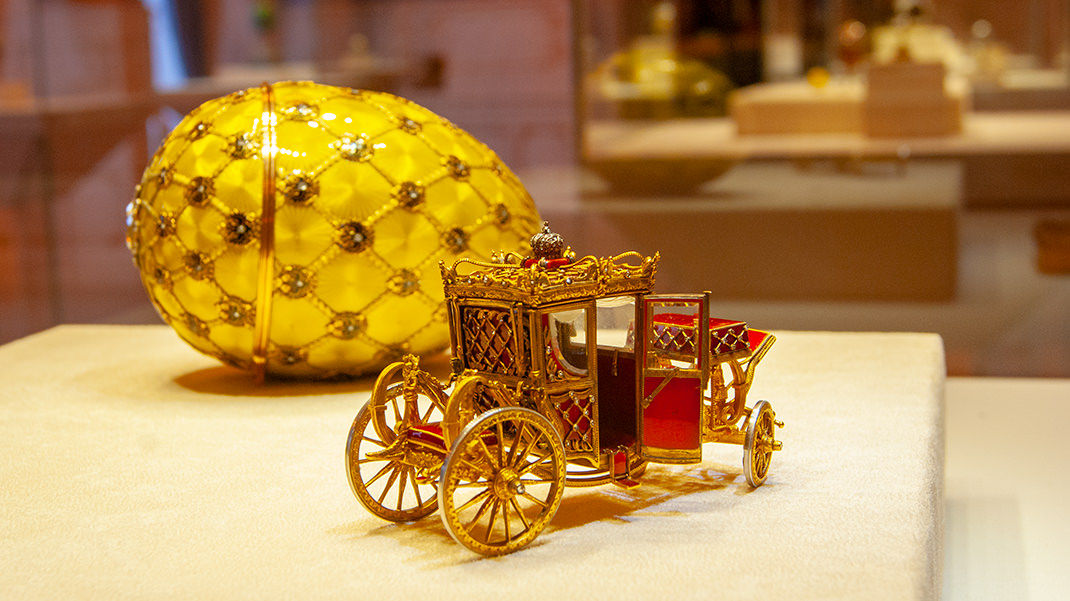
A Bit of History
Carl Fabergé was born in May 1846 in Saint Petersburg. Four years earlier, his father Gustav had founded a jewelry company in the capital. After learning the craft in Germany, Carl continued his father's business.
Interestingly, it would be wrong to consider Carl Fabergé the sole creator of the eggs. First, the idea was not new; the first imperial egg, the “Hen Easter Egg,” was inspired by similar eggs known since the early 18th century. Second, many talented jewelers worked at Fabergé's firm, with Carl often acting as the chief designer.
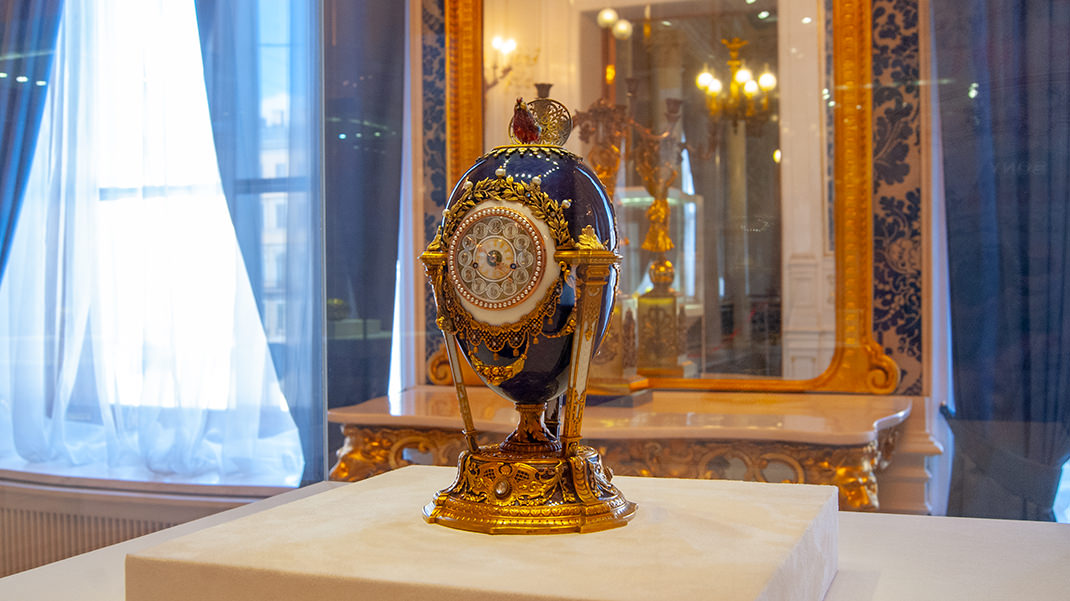
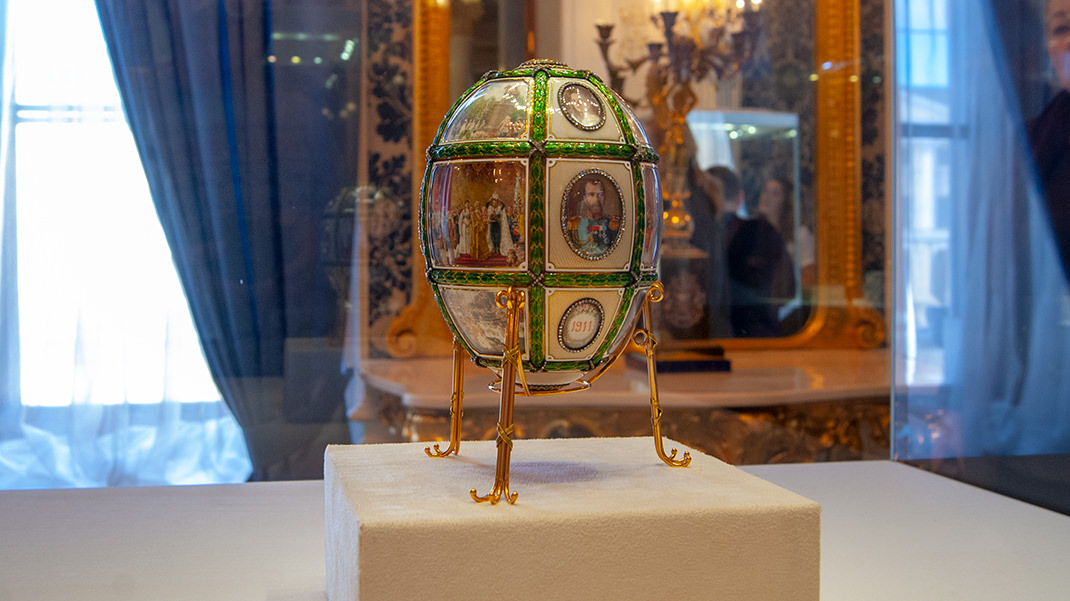

After the “Hen” egg, presented by Alexander III to his wife Maria Feodorovna, Fabergé became the court jeweler of the Romanovs. The tradition of such Easter gifts was appreciated by the imperial family, and later, Nicholas II would present these jewelry masterpieces to his mother, the Dowager Empress, and his wife, Alexandra Feodorovna.
Some consider Fabergé eggs a sign of bad taste. Vladimir Nabokov even mentioned that his family despised items from the Fabergé brand. You can have any opinion about Fabergé's works, but I believe it’s indisputable that they are unique jewelry masterpieces. The eggs amaze with their attention to detail and originality. By the way, creating just one egg took at least a year.
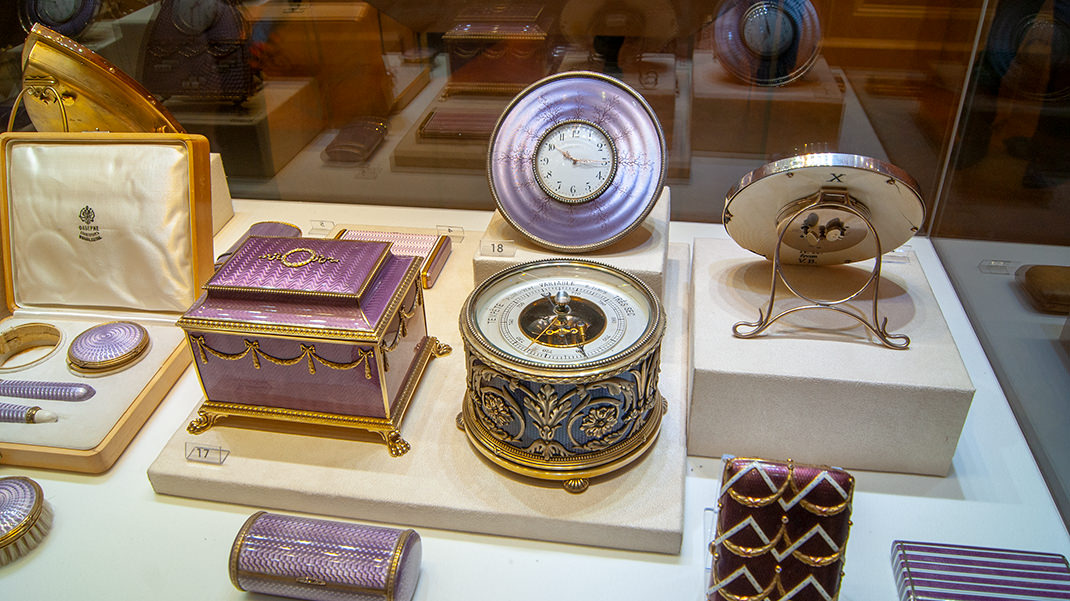
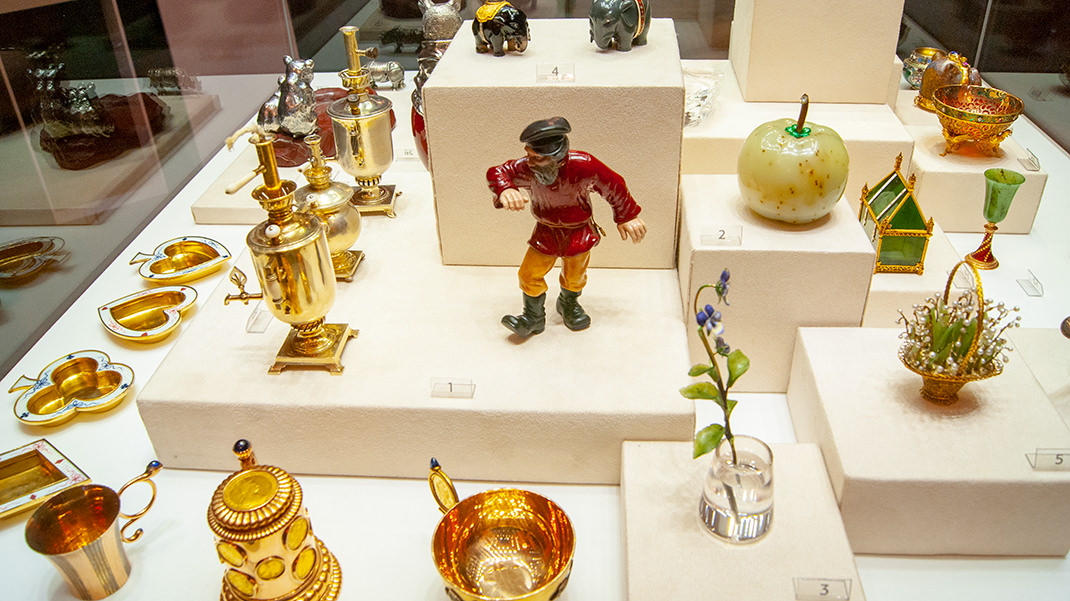
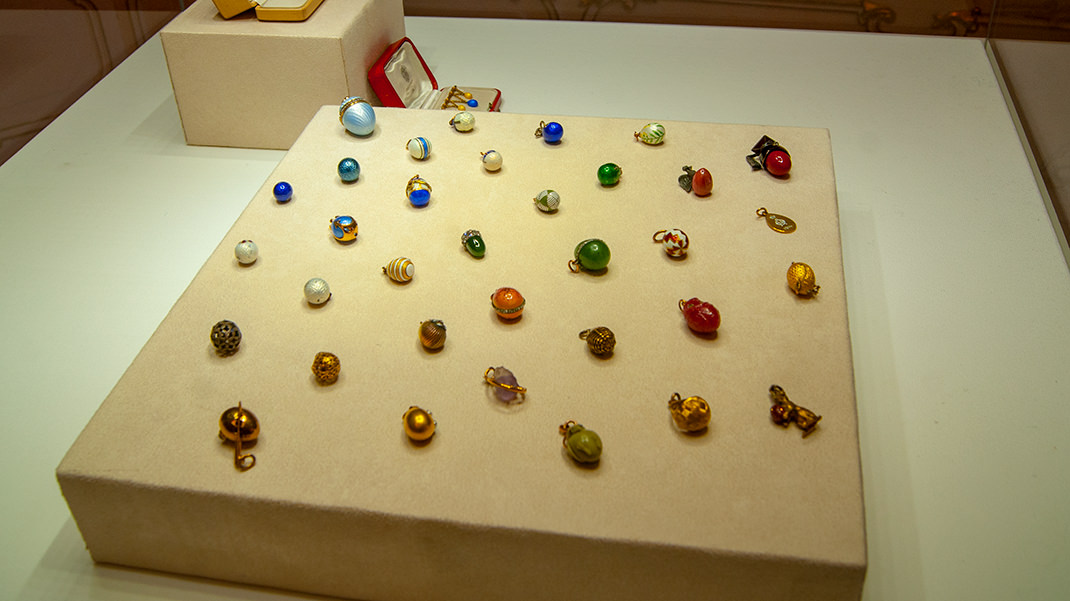
It’s also interesting that the residents of the Russian Empire could acquire Fabergé items without spending a fortune. The jewelers produced quite affordable mass-market items—small pendants priced at 3-5 rubles. At the beginning of the 20th century, this amount could buy new boots or about 10 kilograms of rice. A jeweler earned around 50 rubles.
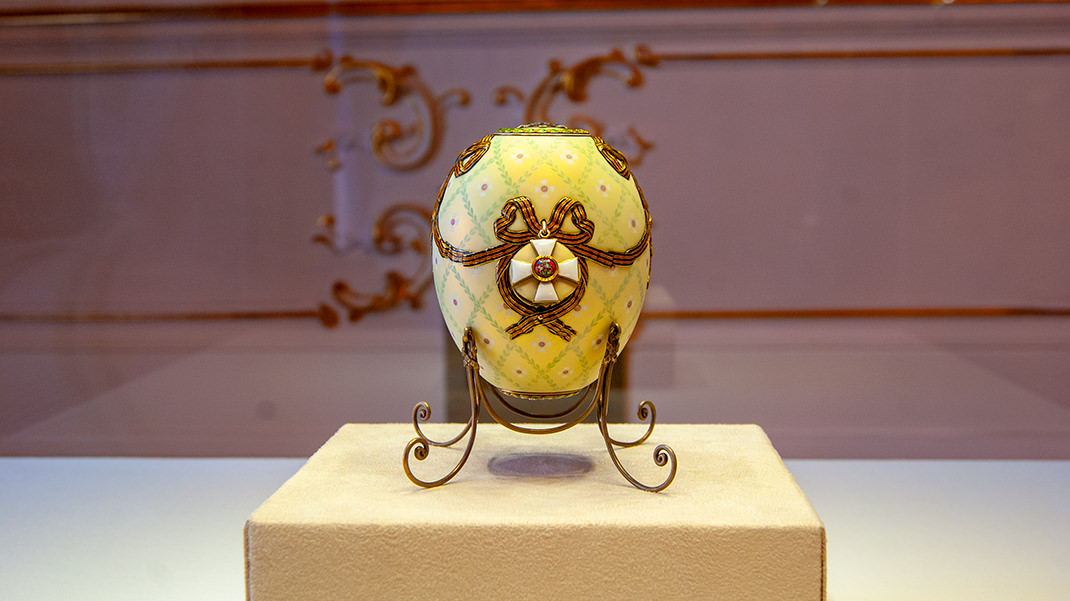
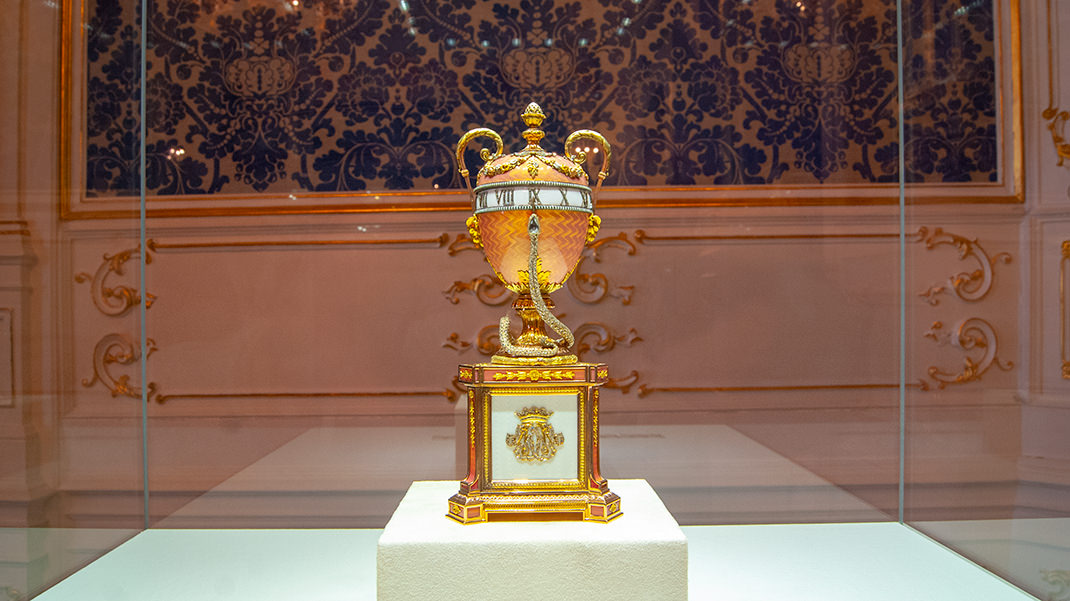
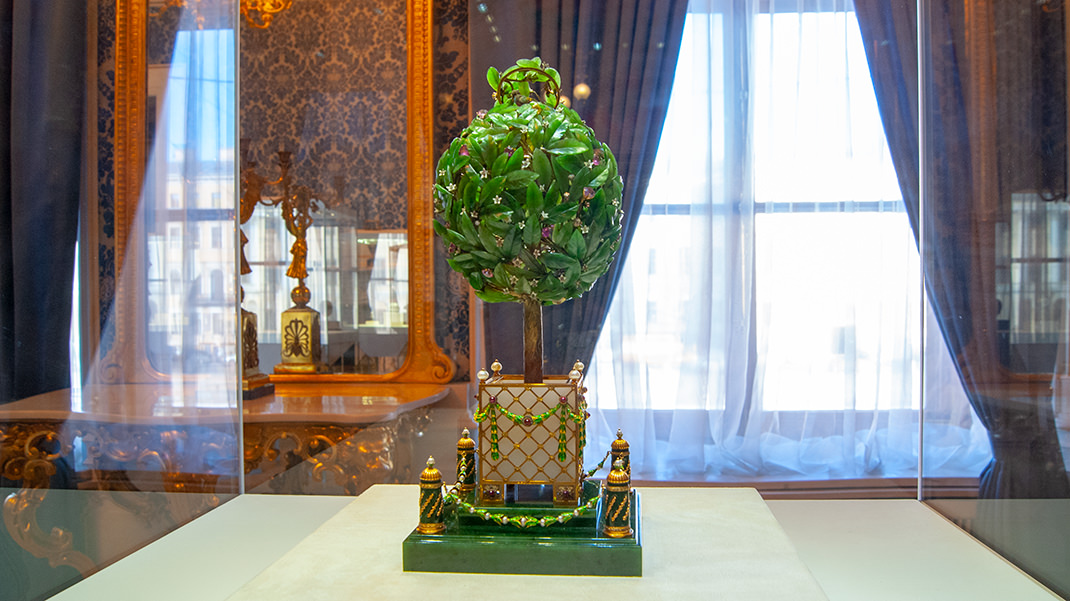
That concludes our tour of the museum. And if you still have some energy left, you can visit the nearby ceremonial halls of the Sheremetev Palace, located just across the Fontanka River.
In summary:
- A unique collection from the most renowned jewelry family;
- You can choose to visit with a guided tour, an audio guide, or simply explore the museum on your own;
- The museum is small and very popular with tourists, so I recommend visiting on weekdays when there’s a chance of fewer visitors.


